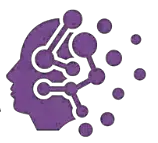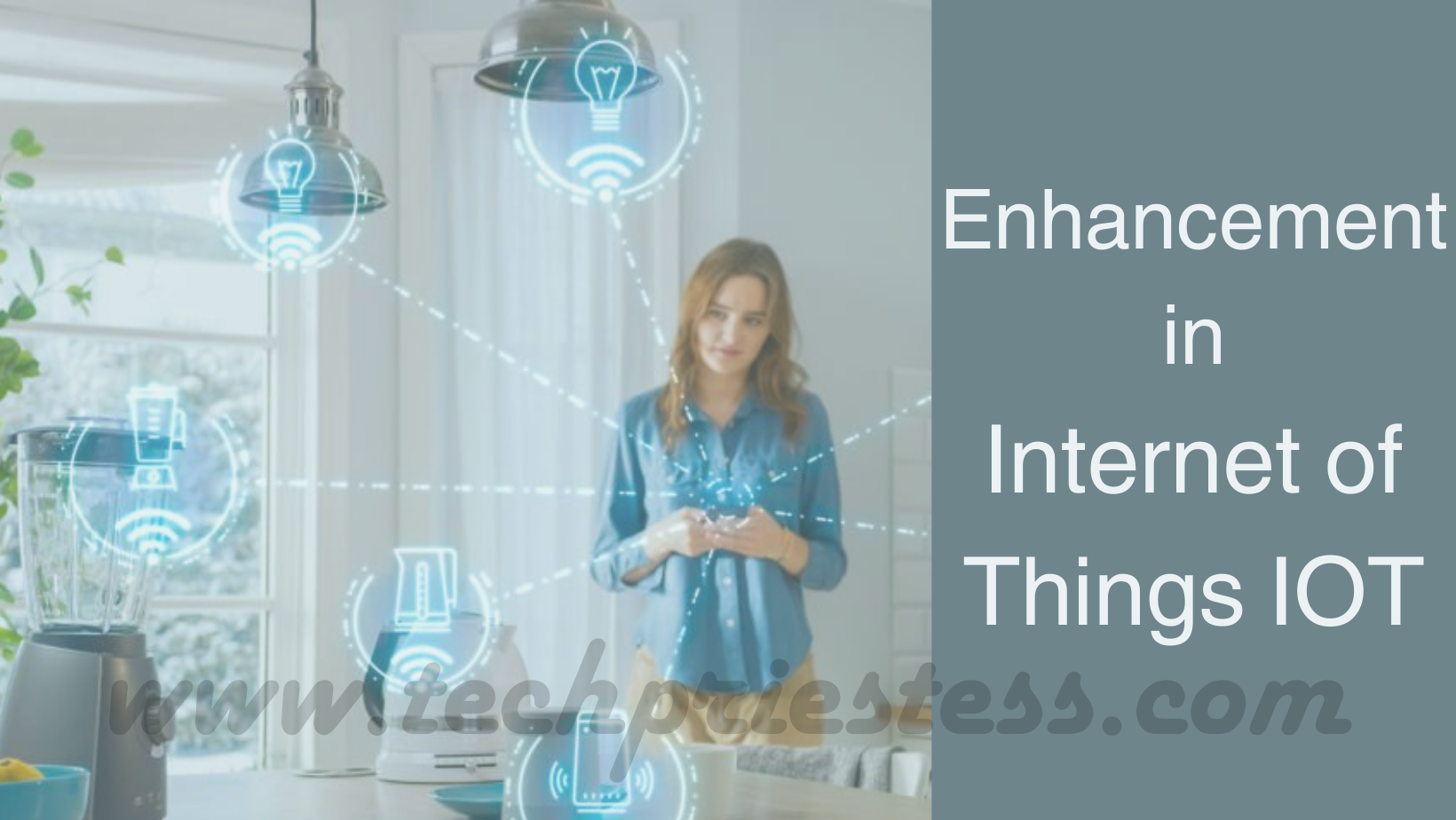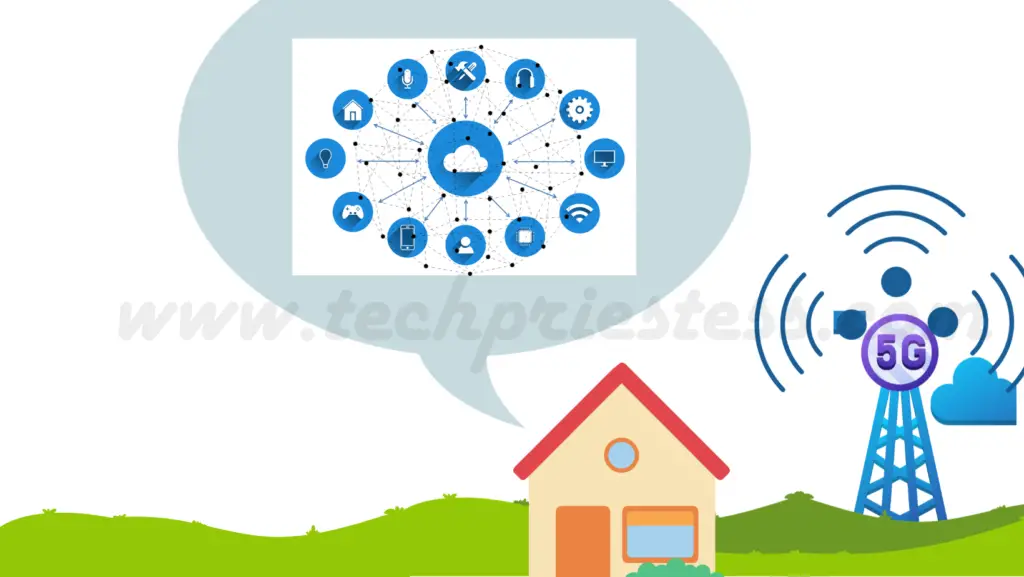When the technology is rapidly advancing with the integration of 5G with IOT, the world will be unlocking new capability. One thing always comes in mind that how does 5G technology enhance the internet of things IOT. The 5G which means 5th generation of wireless technology, we get enhanced speed, improved connectivity and a low latency. This helps to use IOT applications in every way possible.
What does Internet of Things IOT means
In simple words, Internet of Things which is shortly called IOT, is a technology which enables gadgets, devices, sensors and machines to communicate with each other by sharing data and information over the internet.
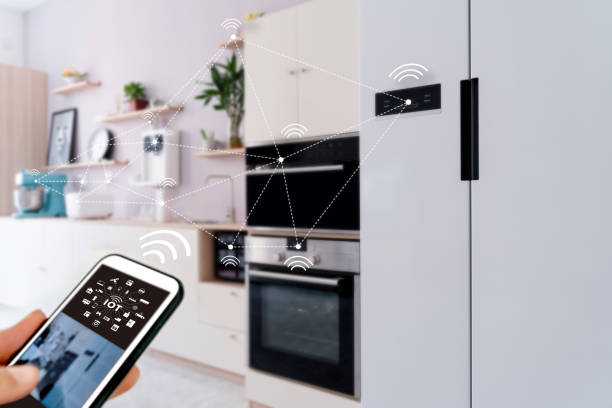
To understand more clearly, let me explain with some examples:
- Fitness devices which you wear on your wrist, collects the data such as pulse rate, total footstep count and many such kind of data related to your fitness. Then this data is shared with your phone device. Two devices are communicating with each other, which is one of the example of internet of things.
- Other example is of car connected with your phones. You can check the location of your car and now a days car have IOT devices installed in them which allows them to communicate other vehicles.
Some Points that How Does 5g Technology Enhance the Internet of Things IOT
Below are some points after which you will understand that how 5g technology is the reason for advancement in the Internet of things.
1. Lightning-Fast Data Transfer Speeds:
One of the most significant advantages of 5G in the realm of IoT is its remarkable increase in data transfer speeds. With 5G, devices can transmit and receive data at unprecedented rates, facilitating seamless communication between connected devices. This high-speed capability is especially critical for applications that demand real-time data processing, such as autonomous vehicles, smart cities, and industrial automation.
2. Low Latency for Real-Time Responsiveness:
Reducing latency is a game-changer for IoT applications that require real-time response. 5G’s low latency ensures minimum delay in data transfer, making it better for applications like remote surgery, augmented reality (AR), and virtual reality (VR).
3. Increase in IOT Device:
5G enables a higher device density per square kilometer, a crucial feature for environments with a multitude of connected devices. In scenarios like smart cities and industrial settings, where numerous sensors and actuators operate simultaneously, 5G’s increased device density ensures efficient and reliable connectivity, fostering the growth of interconnected ecosystems.
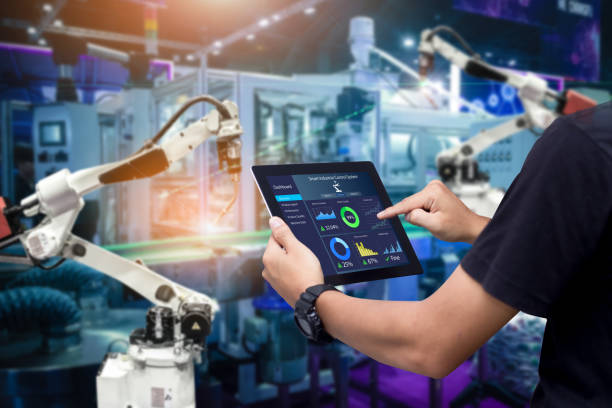
4. Enhanced Energy Efficiency:
Energy efficiency is a key consideration for the widespread adoption of IoT devices. 5G addresses this concern by being designed to operate more efficiently than its predecessors. This improvement is particularly beneficial for battery-powered IoT devices, extending their battery life and reducing the environmental impact.
5. Massive Machine Type Communications (mMTC):
5G accommodates a massive number of low-power, low-cost devices through its support for Massive Machine Type Communications (mMTC). This capability is invaluable for applications with a vast array of sensors and actuators, such as agricultural monitoring or environmental sensing.
6. Better Security Features:
Recognizing the importance of securing IoT networks, 5G comes equipped with improved security features. These advancements help protect sensitive data and prevent unauthorized access, ensuring the integrity and confidentiality of information transmitted across IoT ecosystems.
7. Integration with AI (still going on):
The integration of AI, 5G, and IoT creates a powerful synergy, enhancing connectivity, speed, and intelligence. AI-driven analytics process vast IoT data in real-time, while 5G enables rapid data transfer, fostering innovations in smart cities, autonomous vehicles, and personalized, responsive services, transforming industries and daily life.
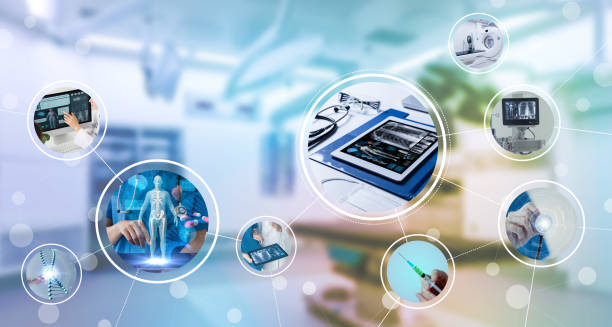
What are the future capabilities of Internet of Things
In future there is a strong possibility that with such an advancement of 5G technology, we will see a boom of Internet of Things in Healthcare, agriculture and education sector. Although, healthcare and education industry is already witnessing the use of Internet of Things, but soon agriculture sector will be getting benefit from IOT. With the advancement of AI, and integration of AI with IOT, there will be a rise of new Era.
